A style so easily recognizable, with its "rustic" drawing and blend of colors, yet it possesses a genuine sincerity and a painter who remains unavoidable in the artistic fervor of Montmartre's heyday at the beginning of the 20th century.
Elisée Maclet was born on April 12, 1881, in Lihons, in the Somme region of France, to a laundress mother and a gardener father who also served as sacristan for Father Deleval.
Having become a gardener's assistant and altar boy, Elisée Maclet became acquainted with Father Deleval, a watercolorist in his spare time, who gave him his first set of paints.
In 1906, he left his native Picardy for Paris and the Montmartre hill.
Maclet worked a number of odd jobs, a testament to his modest personality, a trait that contrasted sharply with that of many of his fellow painters and friends.
He was the first at that time to depict Montmartre using a technique other than Impressionism, inventing a highly personal style marked by simplicity that would inspire many other painters.
He sold his canvases, and Parisian art dealers readily hung his works alongside those of his illustrious contemporaries.
Maclet met Knudsen, an antique dealer on Avenue George V, who introduced him in 1923 to Baron Von Frey, a wealthy Austrian industrialist, who signed him to a contract.
Free from all financial constraints, he was able to paint freely and indulge in the exaltation of color.
A discerning observer might say: "Since Van Gogh, I have never seen any painter use pure color as you do."
The baron reserved most of Maclet's works for himself, sending them to wealthy collectors in the United States and acquiring them for numerous American museums, including those in Detroit and Princeton, as well as European museums.
Badly advised by those who envied his success, he broke his contract with his Austrian patron in the midst of the economic crisis.
This was in 1933, marking the beginning of a difficult period, both financially and emotionally. Maclet descended into alcoholism and was committed to the Sainte-Anne psychiatric hospital.
After 1935, the painter returned to his work, depicting the streets of Paris with precision; the canvases were pleasing, with fresh and poetic colors.
During the Second World War, in occupied Paris, Maclet symbolically painted the city under snow.
After the war, the Norvins Gallery organized an exhibition of his recent works entitled "Around the Mill."
In the catalogue preface, critic André Warnod wrote: “Under his brush, everything miraculously falls into place…in a joyful painting expressing the zest for life.”
In 1957, the Nicolas Poussin Gallery, under the direction of Marcel Guicheteau, organized the artist’s first retrospective. Guicheteau and Jean Cottel subsequently published several books and the catalogue raisonné of the painter’s work.
A work by Maclet always exudes a freshness, a tenderness, and a childlike joy.
Oil on canvas, in perfect condition, signed "E. Maclet" lower left.
Size : 13,8 x 10,6 Inches unframed and 19,5 x 16,3 Inches with its gilt wood and stucco frame by Maison RG.





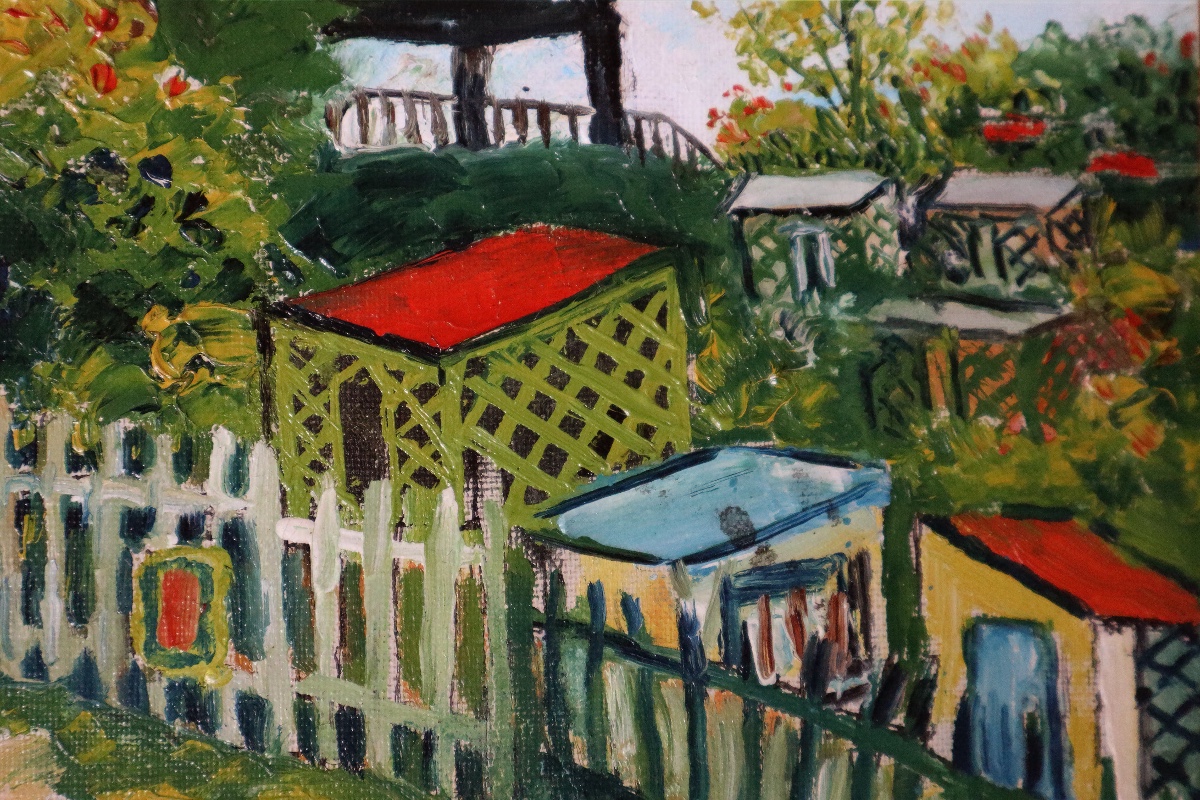
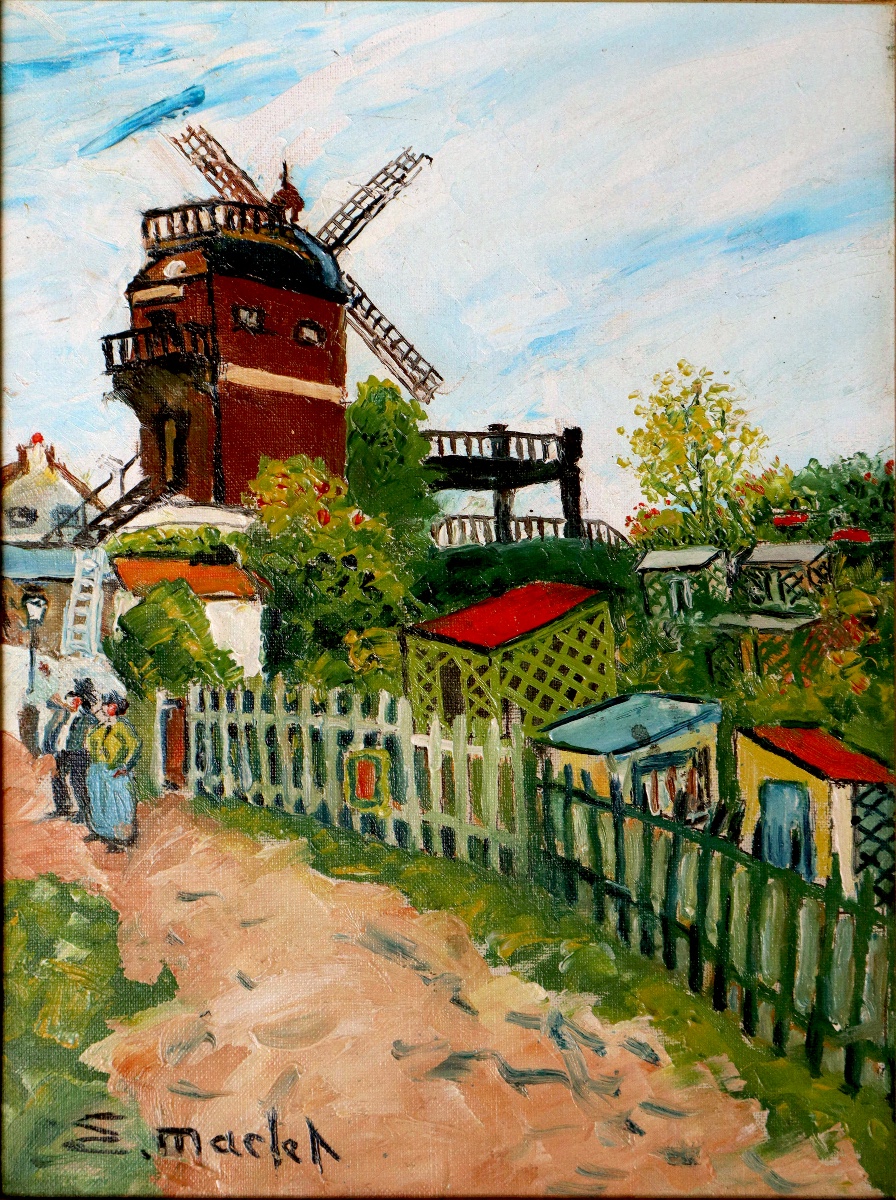

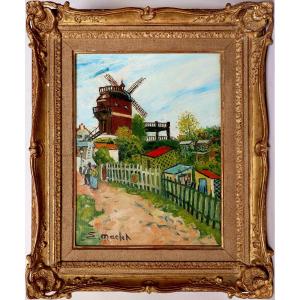






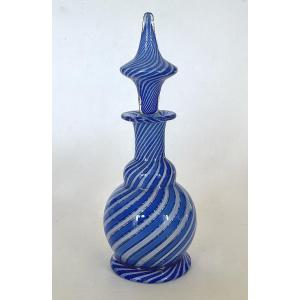


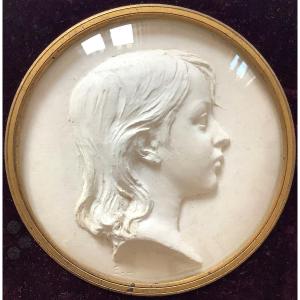

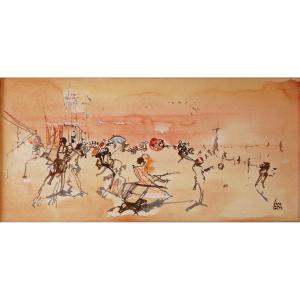


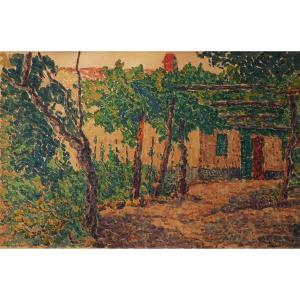
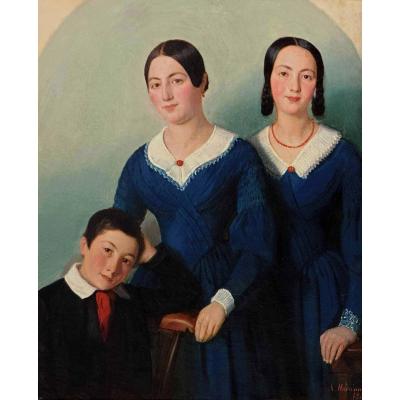
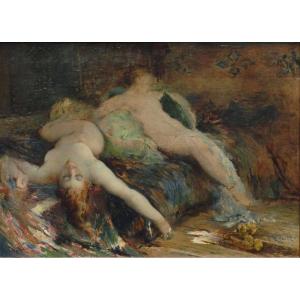












 Le Magazine de PROANTIC
Le Magazine de PROANTIC TRÉSORS Magazine
TRÉSORS Magazine Rivista Artiquariato
Rivista Artiquariato